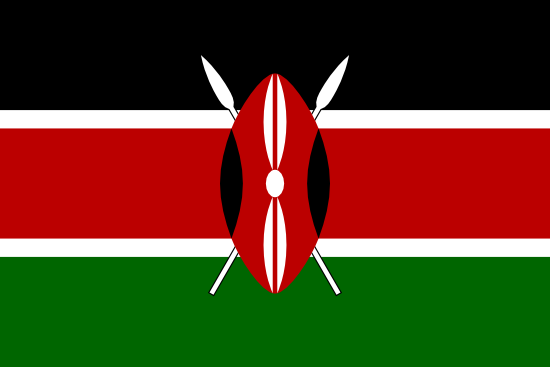Biodiversity conservation in Kenya is guided by various policies, strategies, and guidelines aimed at preserving the country's rich and diverse natural heritage. These guidelines help establish best practices for sustainable development, land use, and the protection of ecosystems and species. Here are some key guidelines and documents related to biodiversity conservation in Kenya:
-
National Biodiversity Strategy and Action Plan (NBSAP): The NBSAP outlines Kenya's strategic objectives and actions for conserving its biodiversity. It serves as a comprehensive guiding document for biodiversity conservation efforts.
-
Protected Areas Management Guidelines: These guidelines provide instructions for the management and conservation of Kenya's national parks, game reserves, and other protected areas. They cover issues such as wildlife protection, tourism management, and community engagement in conservation.
-
Community-Based Conservation Guidelines: Kenya has developed guidelines to promote community involvement in biodiversity conservation. These guidelines encourage local communities to actively participate in the management of natural resources and wildlife in their areas.
-
Environmental Impact Assessment (EIA) Guidelines: EIA guidelines outline the process for assessing and mitigating the environmental impacts of development projects. They ensure that proposed projects consider the potential effects on biodiversity and ecosystems.
-
Wetlands Management Guidelines: These guidelines focus on the conservation and sustainable management of wetlands in Kenya. Wetlands are critical for biodiversity and water resource management.
-
Forest Management Guidelines: Guidelines for the management of forests, which are vital for biodiversity conservation and climate change mitigation, provide instructions on sustainable logging practices and forest protection.
-
National Policy on Natural Products and Traditional Medicines: This policy promotes the sustainable use of natural products and traditional medicines, taking into account their role in biodiversity conservation and the livelihoods of local communities.
-
Fisheries Management Guidelines: Guidelines for sustainable fisheries management help ensure the conservation of aquatic biodiversity in Kenya's lakes, rivers, and coastal waters.
-
Seed Certification and Plant Variety Protection Guidelines: These guidelines govern the conservation and sustainable use of plant genetic resources, ensuring the diversity of crop species.
-
National Pollinators Management Plan: This plan outlines strategies for the conservation of pollinators such as bees and butterflies, which play a crucial role in maintaining biodiversity and agriculture.
-
Invasive Species Management Guidelines: Guidelines for managing invasive species help control non-native species that can threaten native biodiversity.
-
Access and Benefit Sharing (ABS) Guidelines: These guidelines provide a framework for access to genetic resources and the equitable sharing of benefits arising from their utilization, as required by international agreements like the Convention on Biological Diversity.
